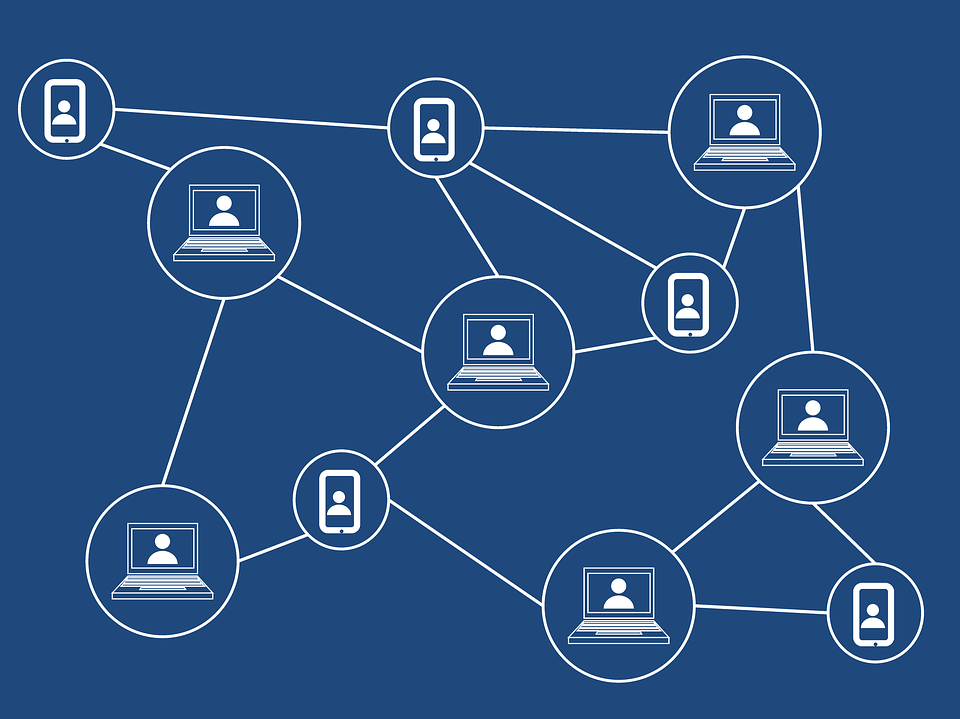Blockchain is an exciting new way of organizing data in shared networks. It is the key to making patient records seamlessly sharable, trackable and secure.
The Need for a Medical Blockchain
Electronic health records (EHRs) have made it possible to share patient records with ease. Most EHR systems are highly sophisticated, but some challenges remain, including the following.
- Interoperability: How well do different EHR systems work together?
- Maintaining data integrity: How safe and accurate is the data?
- Standardization of records: Can all providers understand and interpret the data?
Fortunately, blockchain in EHRs can address these issues. It provides safer ways to transfer medical data by using a secure, peer-to-peer network. As part of an EHR system, blockchain allows anyone with authority to read medical reports in real time. Improving collaboration, enhancing patient care, and reducing costs and time spent on administrative tasks.
What is Blockchain?
Blockchain is a type of database with a unique way of storing data. Instead of storing information in table form like a regular database, a blockchain database organizes each piece of information into a block. Later, it chains the blocks together.
Why Does This Matter?
Blockchain stores information in a linear, chronological pattern. Information in a block can’t be altered or deleted. If someone attempts to alter the information, the chain pulls that user’s copy and flags it. Using blockchain integration services is a secure way of storing and tracking sensitive information.
Technology That Resists Tampering
The National Institute of Standards and Technology defines blockchain technology in healthcare as “tamper evident and tamper resistant” and says it “enables a community of users to record transactions in a shared ledger within that community.”
Blockchain benefits from its status as a decentralized database. It is usable on almost any platform and is easy to use.
Its primary benefit is its ability to offer a single, accurate record. Information can’t be entered unless all users agree about the nature and importance of the data. This creates a transparent, unchanging source of information for all users.
What are Electronic Health Records?
An electronic health record or electronic medical record (EMR) system provides a complete digital history of a person’s medical appointments, treatments, hospitalizations, lab tests and results, and more.
Because it is electronic, doctors, pharmacists, nurses and other health care professionals are able to access and retrieve patient files as needed. An electronic file allows patients to move to different states or different healthcare providers without having to find and reproduce their medical records.
A good EMR is more than a digital record, however. It allows physicians and other healthcare providers to track a patient’s wellness over time. Providers can update the record with notes, recommendations, and other information.
The use of EHR or electronic medical records (EMR) is now required by law. The federal Office of the National Coordinator for Health Information Technology (ONC) oversees several laws dealing with electronic records, including:
- Health Information Technology for Economic and Clinical Health (HITECH) Act
- Food and Drug Administration Safety and Innovation Act (FDASIA)
- The 21st Century Cures Act
- Health Insurance Portability and Accountability Act (HIPAA)
These laws all attempt to streamline medical record keeping, maintain data security, and allow a free exchange of healthcare information.
What Are the Benefits of EHRs?
There are many benefits to using electronic records. Studies and clinical reports have found they can:
- Improve provider efficiency by making information clear, accurate and readily available.
- Reduce unintentional medical errors by avoiding dangerous drug interactions, preventing duplicate treatments and providing instant access to lab and radiology reports.
- Improve continuation of care for patients who move or change doctors.
- Reduce the need for paperwork storage, administrative staff and other overhead costs.
Blockchain in EHRs: Why It Works
Electronic records are a step up from paper records, but they still have problems. They’re fragmented and are shared only on closed, proprietary systems. While these systems collect large amounts of information, the information is isolated in separate and tightly segregated silos.
A medical blockchain breaks that isolation. It provides a seamless, interoperable system that allows a free flow of information among a select group of users. Only those who have the patient’s permission to view the records can see them. A blockchain ensures honesty and transparency with data that is easy to track and audit. A blockchain can scale up as necessary to fit unlimited amounts of new data and act as a single source of information.
How Does Blockchain Improve Electronic Records?
Some early initiatives to develop and use blockchain in EHRs have produced promising results.
In 2018, a group of healthcare insurance providers joined an initiative they labeled the Synaptic Health Alliance, which was a pilot program that used blockchain EHRs. These companies report they can find and fix inaccuracies, protecting information from cyberattacks and allow all members of a blockchain to see the same updates to medical records.
Since then, blockchain technology has continued to advance. In 2019, the ONC issued the Interoperability Roadmap calling for a 10-year plan to create a shared, nationwide records system that would provide a “seamless ability to securely access and use health information from different sources.”
Blockchain provides the best hope of transforming healthcare EMR systems in line with the vision described by the roadmap.
Benefits of Blockchain Technology in Healthcare Records
Improves Health Information Exchanges
Interoperability is one of the biggest obstacles to the safe, seamless exchange of information. Blockchain makes the goal attainable.
Protects Patient Data
According to the HIPAA Journal, healthcare data breaches have increased in number since 2010. In 2020 alone, data breaches occurred every day. These breaches exposed healthcare information, credit card numbers and other private data.
Blockchain adds layers of authentication and security to electronic records. Medical blockchain is proven to provide the most secure form of data sharing across networks.
Streamlines Administration and Billing
Using an EMR with blockchain technology reduces the need for administrative staff, paper storage and other paper-based expenses. It also improves patient billing by ensuring all treatments and prescriptions are confirmed by all members of the network. This will reduce accounting mistakes, double billing and fraudulent billing.
Enhances Patient Engagement
A blockchain-enhanced EMR increases patients’ trust in their providers and the healthcare system. Patients feel reassured when they know their medical records are secure, accurate and easily shared.
Blockchain EHRs put patients in control of their private data. They can decide what they want to share and who they want to have access to their records. That’s a bonus for providers and patients.
Blockchain EHRs: Looking Ahead
Blockchain technologies will have a tremendous impact on the healthcare industry, with its ability to augment the exchange of information, provide greater data transparency, increase safety and efficiency, and more. According to GM Insights, in 2018 blockchain technology in healthcare was valued over $48.1 million and is expected to increase 65% by 2025.















